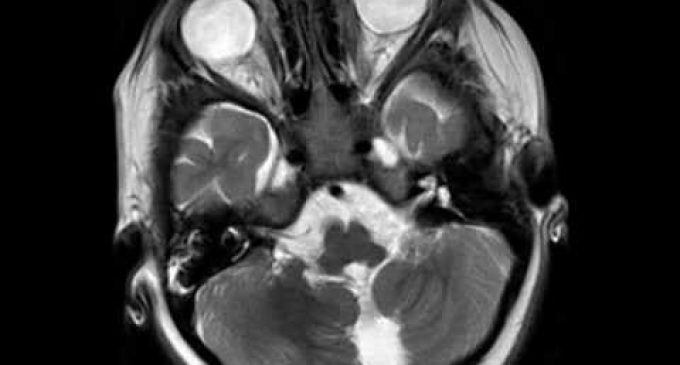International study led by University College Dublin uncovers mechanism behind Joubert syndrome

An international study co-authored by Dr Oliver Blacque, University College Dublin (Ireland), Professor Martijn Huynen, from Radboud University (The Netherlands), and Professor Christel Thauvin-Robinet from Burgundy University (France), has identified a gene (TMEM107) associated with Joubert syndrome, a brain disorder.
The research also sheds light on the mechanism by which this gene functions in cells leading to a better understanding of the cause of this disorder.
Joubert syndrome is a rare genetic disease affecting 1 in 80,000 individuals. Symptoms include problems with breathing, balance, muscle control, as well as kidney defects, blindness, obesity, and bone malformation.
The syndrome is one of a growing number of disorders called ‘ciliopathies’, caused by defects in a part of the cell called the cilium.
Recent research has focused on the base of the cilium, where it attaches to the cell. This part of the cilium is thought to act as a ‘gate’, controlling which molecules are allowed to enter and exit the ciliary antenna. By making sure that the cilium contains the correct molecules, the gate safeguards the normal functions of the cilium.
In the paper published yesterday in the prestigious Nature Cell Biology journal, the researchers reveal a new gene, associated with the ciliary gate, called TMEM107 and show that mutations in this gene cause Joubert syndrome.
In pioneering experiments, the scientists used sophisticated (super-resolution) microscopy to establish that TMEM107 associates with discrete sub-regions of the gate, rather than the entire structure. This finding provides new insight into the architecture of the gate at the molecular level, and provides new leads for further understanding the mechanism by which the gate operates.
Dr Oliver Blacque, UCD School of Biomolecular and Biomedical Science, UCD Conway Institute and lead senior author said :
“Through better understanding of the cilium gate, it may be possible to design intervention strategies to fine-tune the gate, and therefore alleviate some of the progressive symptoms of patients with certain ciliopathies.”
Professor Martijn Huynen, Radboud University, and co-senior author of the study, added :
“This work is a wonderful example of a multi-centre collaboration across research disciplines, stemming from our initial computational prediction that TMEM107 serves a function related to cilia.”
The study was funded by multiple grant agencies including the EU Framework 7 programme (Syscilia), Science Foundation Ireland and the French Ministry of Health.







